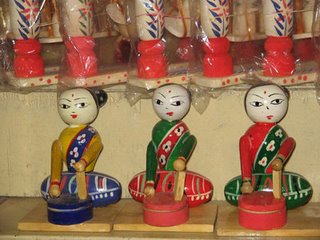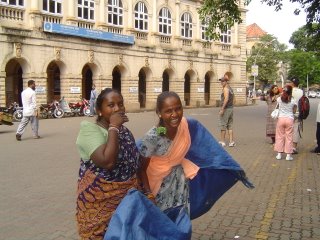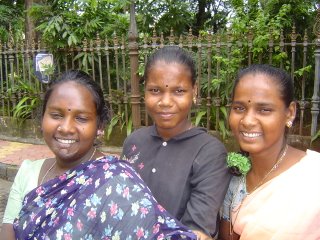A Shiva temple, with a turtle?

The turtle, of course, is the second incarnation of Vishnu. So what's Vishnu doing in a Shiva temple, I asked myself.
And then I realised - Vishnu is praying to Shiva! This is the legend from the Shiva Purana, when the gods and the demons churned the ocean for nectar. When the sea spewed the deadly poison halahala, the gods despaired and even Vishnu the turtle could not bear the fumes.
Here is the turtle's prayer to Shiva:
"O Creator with Fire in your mouth, the Earth your feet, Time your motion, the Sky your navel, the Wind your breath, the Sun your eyes! Only you can save us from the halahala!".
A persuasive prayer indeed! And as many of us know, Shiva quaffed the poison, which turned his neck blue, earning him the name Neelakantha.
But did you know? A few drops of the poison dribbled from his lips, says the Shiva Purana, to be shared by serpents and scorpions to be their venom. If you'd like to read the original story, try Ramesh Menon's 'Siva - the Siva Purana retold'. It's fascinating.
In the district of Kanchi, near Chennai, there's a village called Tirukkachur. Literally, Turtle Village. The village temple is 1200 years old, and in the temple, there's a sculpture of Vishnu as turtle, praying to Shiva.
Can you see the four-armed Vishnu, with the rounded turtle lower half?
Amazing, this country of mine, where legends endure in stone...

And then I realised - Vishnu is praying to Shiva! This is the legend from the Shiva Purana, when the gods and the demons churned the ocean for nectar. When the sea spewed the deadly poison halahala, the gods despaired and even Vishnu the turtle could not bear the fumes.
Here is the turtle's prayer to Shiva:
"O Creator with Fire in your mouth, the Earth your feet, Time your motion, the Sky your navel, the Wind your breath, the Sun your eyes! Only you can save us from the halahala!".
A persuasive prayer indeed! And as many of us know, Shiva quaffed the poison, which turned his neck blue, earning him the name Neelakantha.
But did you know? A few drops of the poison dribbled from his lips, says the Shiva Purana, to be shared by serpents and scorpions to be their venom. If you'd like to read the original story, try Ramesh Menon's 'Siva - the Siva Purana retold'. It's fascinating.
In the district of Kanchi, near Chennai, there's a village called Tirukkachur. Literally, Turtle Village. The village temple is 1200 years old, and in the temple, there's a sculpture of Vishnu as turtle, praying to Shiva.
Can you see the four-armed Vishnu, with the rounded turtle lower half?
Amazing, this country of mine, where legends endure in stone...

(Published in the Hindustan Times HT Cafe May 25th)













